I’m afraid I’m beginning to lose it and lose it big time. I’m not talking about my receding hairline, my battle against later age weight gain or even that I’m going bonkers. No. What I’m losing is my sense of smell.
Of late I have been diving and digging my nose into flowers, rattling and rolling, sniffing and snorting, inhaling and exhaling, with diminishing success. Thus I’m determined, with the remaining time afforded to me, to plant en masse as many highly perfumed plants in my garden as possible. Pathways, doorways or anywhere I may park my widening bum provides optimum positioning.
So what is my ageing nose beginning to miss? The story is there are over 150 essential oils which can combine to create the complex notes that make up individual fragrances. Scents may vary depending on the flower, the plant, the hour, the temperature, the humidity and the individual’s nose.
Descriptions of roses show how discerning some noses are: a “fruity fragrance with notes of guava, citrus and sweet white wine,” and another of “developing sauternes, strawberries and mulberries.” Compare this with a description of a shiraz: “rich fruits with chocolate overtones and a lingering flavour of plums, caramel and peppery spices.” They all sound rather fanciful to me. What I seek is a scent turbo-charged; a fragrance which will stop me dead in my tracks; a smell to make me dizzy with delight and demonstrate that nature is great and good.
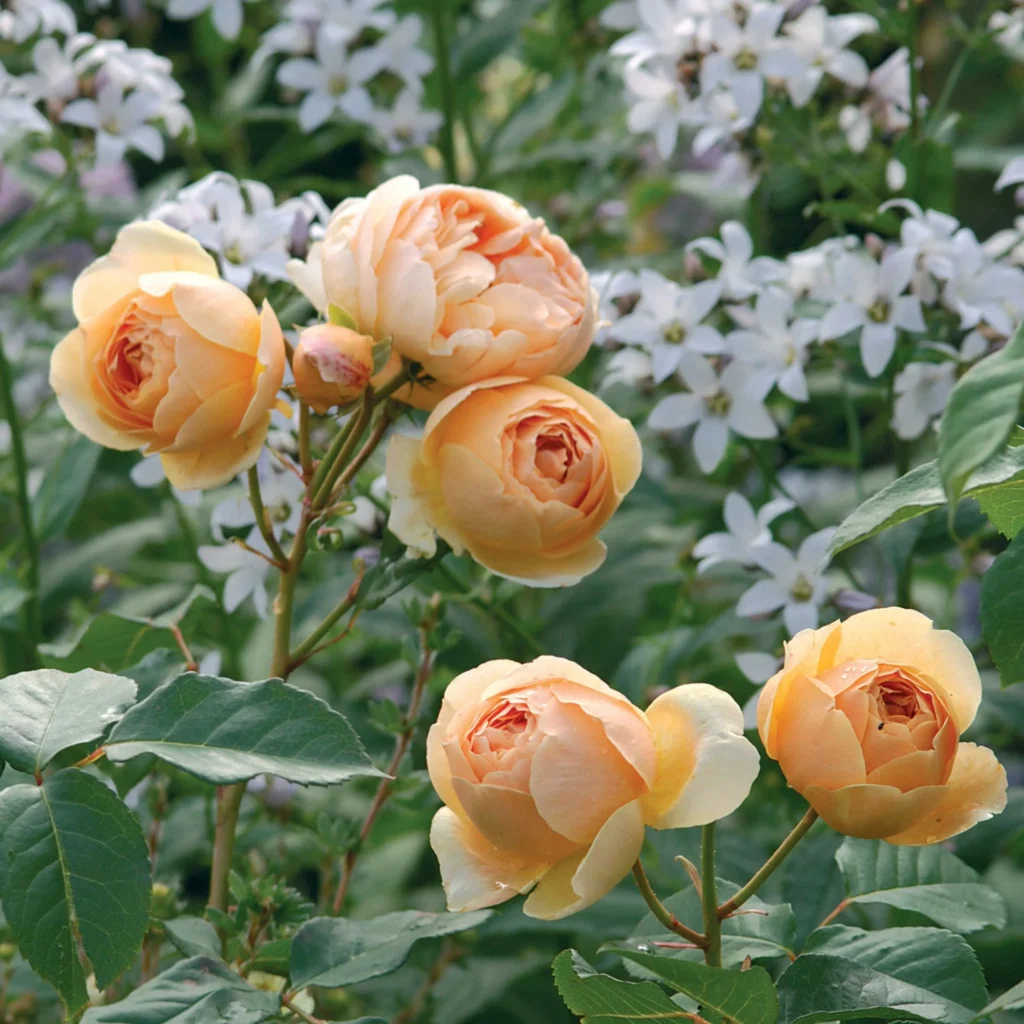
Jude the Obscure
Roses top the shopping list. Great candidates include Mr. Lincoln and Oklahoma, Fragrant Cloud, Big Purple, Ebb Tide and Double Delight. Some of the best David Austin cultivars are Jude the Obscure, Abraham Darby, Heritage and Gertrude Jekyll.
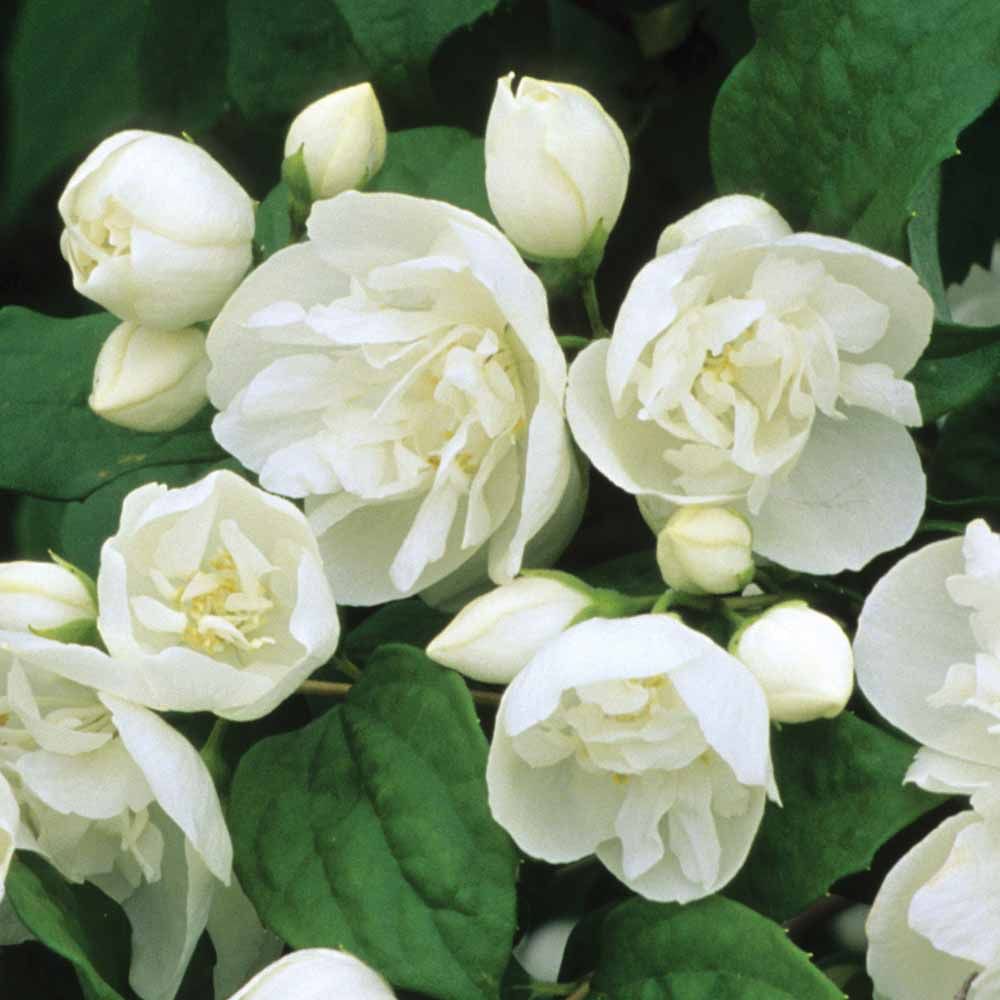
Of the shrubs, Philadelphus coronarius is a must, with its white flowers in spring. Ordinarily it is planted singularly, but the effect is much improved when grown as hedges or massed in groups of odd numbers. There are many new cultivars but coronarius is still the best.
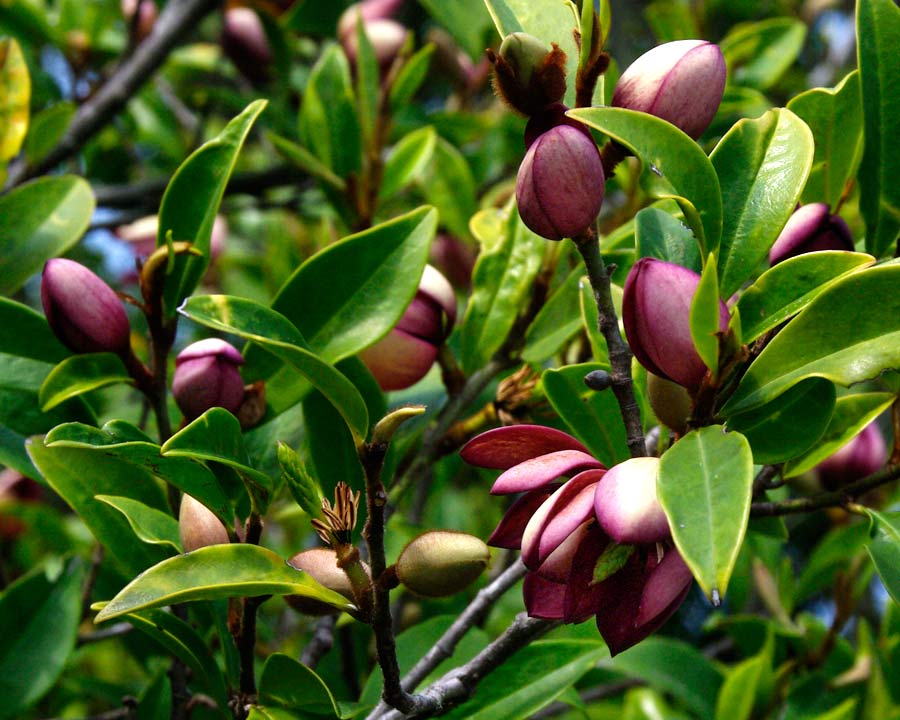
Choisya Ternata has white late spring flowers, reminiscent of orange blossom and Michelia Figo is a dusk performer, its summer flowers speak of port wine and/or ripe bananas.
Osmanthus Fragrans is often overlooked, probably due to its diminutive sized flowers, but its fragrance is memorable. Newer varieties with a more compact habit are Heaven Scent and Eternal Fragrance but sadly hard to find in nurseries.
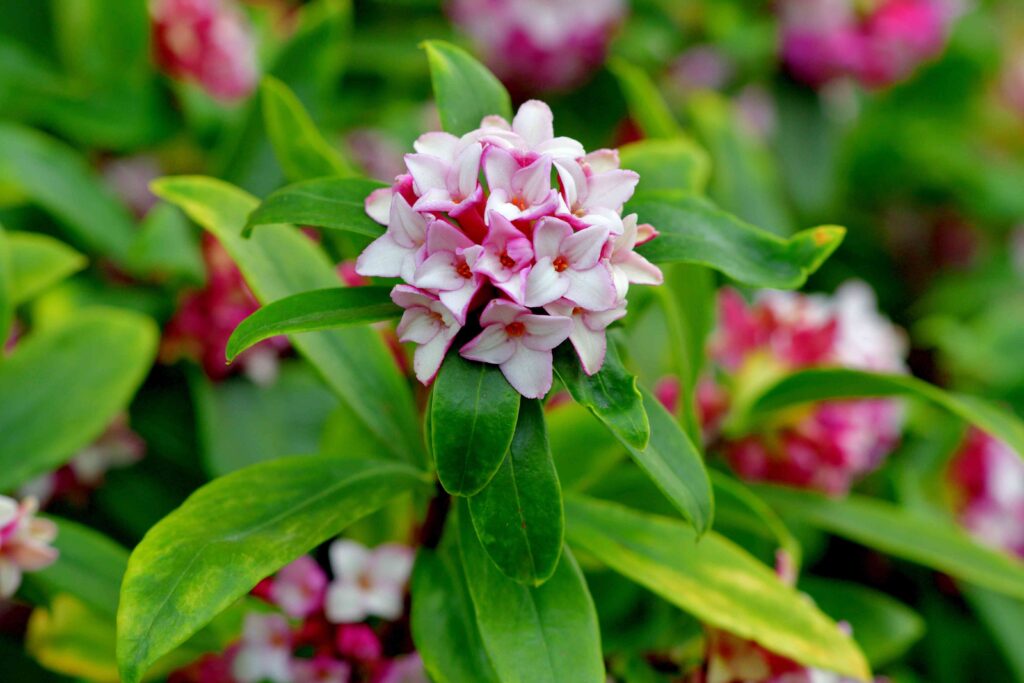
Daphne Odorata offers the richest of fragrances and is remarkable for its longevity as a cut flower. It’s ideal for mass planting and most attractive pruned into successive balls or as a low hedge. Just keep them away from hot afternoon summer sun. there are a few modern varieties which promise greater heat tolerance and longer flowering seasons, but alas their perfumes are nothing in comparison to the original.
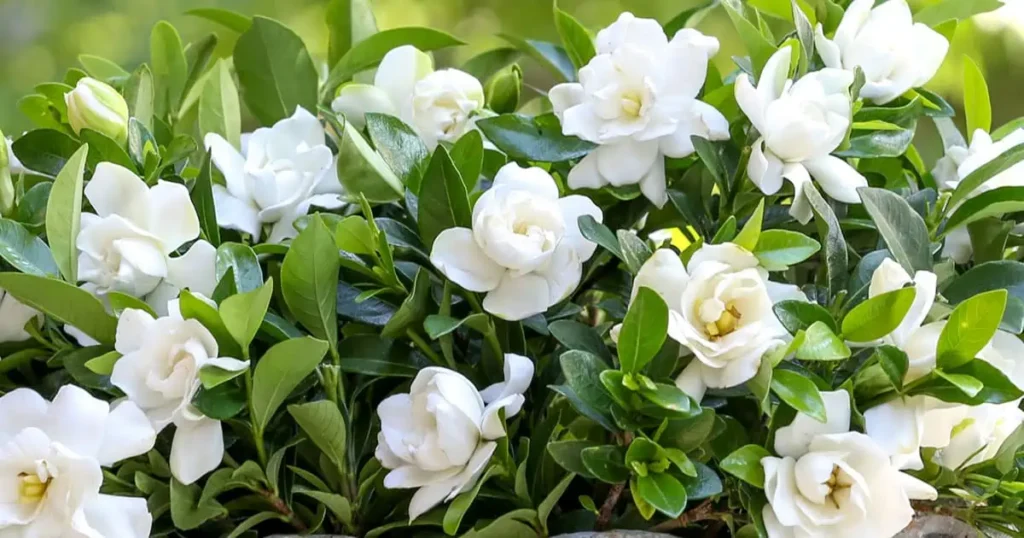
Gardenias are a personal favourite with their pure white flowers flanked with rich green foliage. They are perfect for both garden planting or grown in pots. The best varieties are Florida and the larger Magnifica.
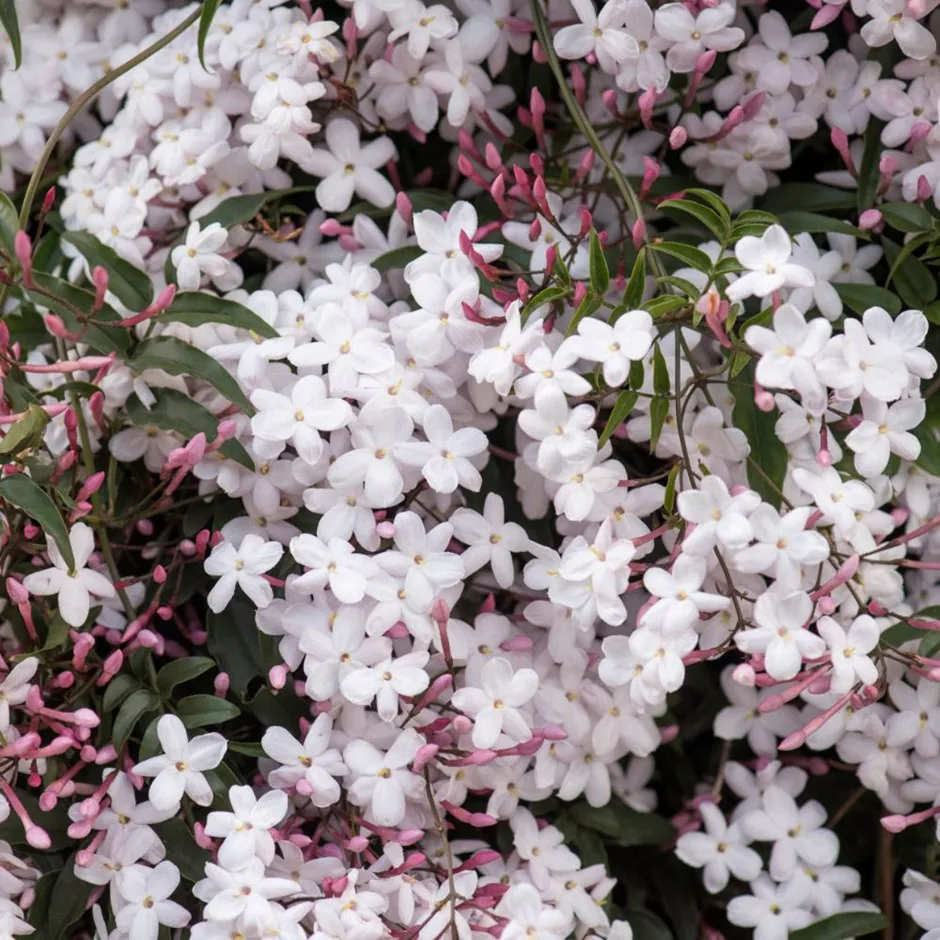
The inclusion of Jasminum Polyantham as a climber is a must. I have one which has chased and draped its way up around a row of monumentally tall pencil pines. When in flower the air is drenched with an angelic perfume. Beware of late frosts for they may bite back the whole of the flowers and the possibility of becoming invasive.
Don’t forget the scented foliage of many plants, for example geranium plants, mints, rosemary, lavender and many other herbs, perennials and shrubs. But that is all for another blog.
Regrettably I’ve come to realise that a future career as a perfumer or wine critic is now closed to me. However, I have a few more years left to trip the fragrance fantastic, to leap and dance, before my nose gently retires. The memories of their perfumes will still forever remain.
Happy gardening and have fun,
Regards Ned McDowell.